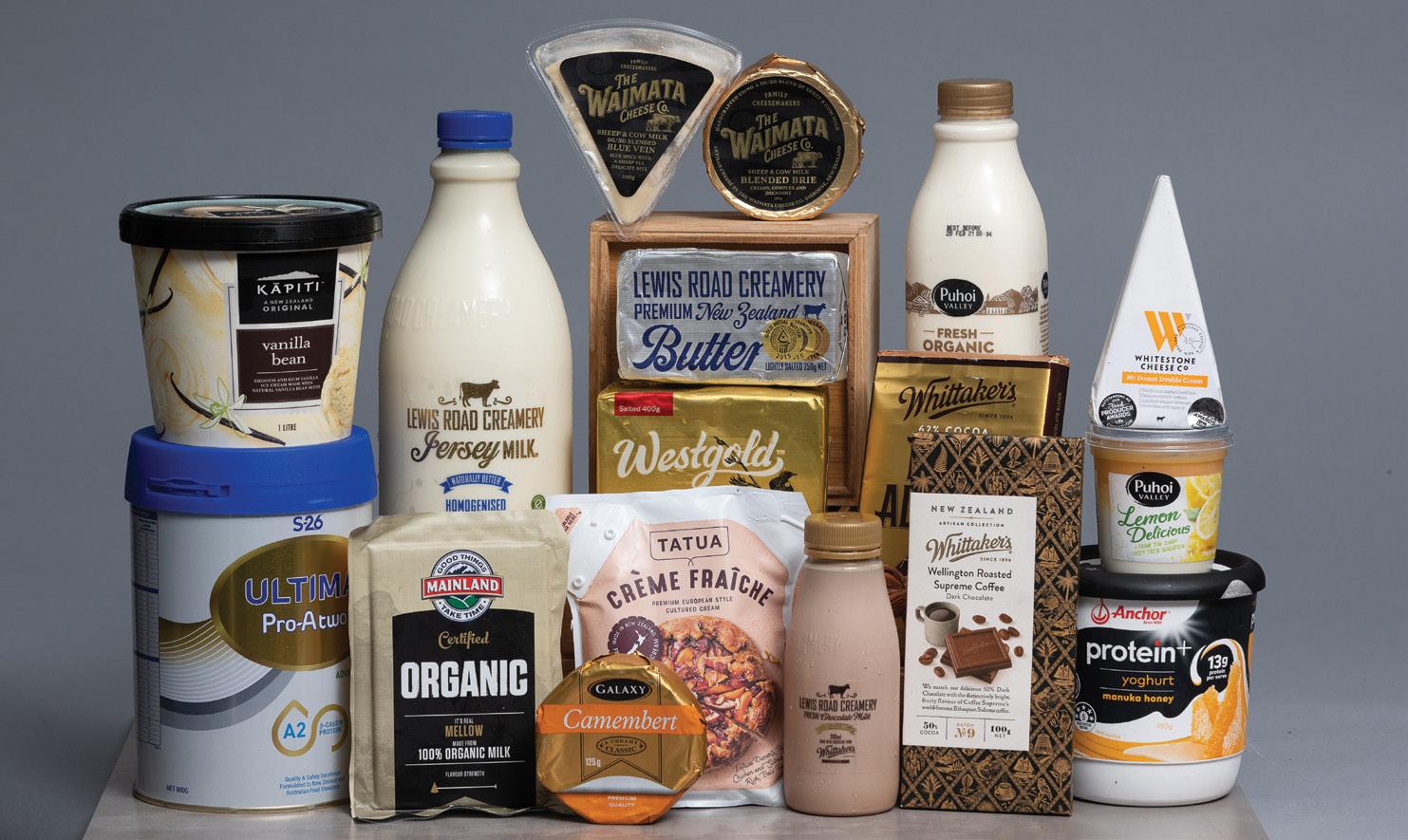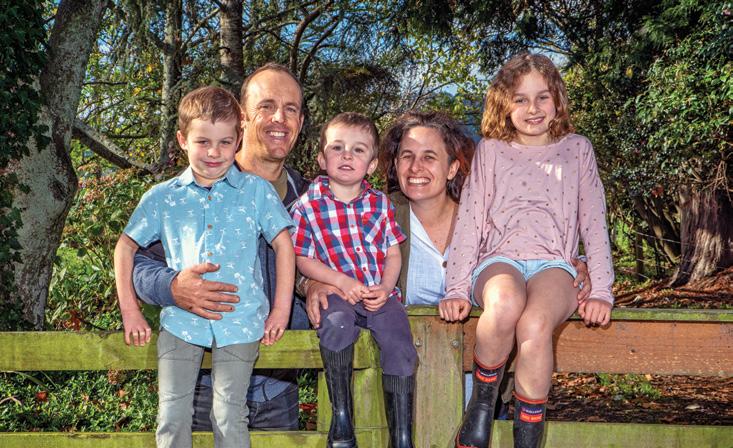Special report | RESTORATION
Restoring the nohoanga - a place to sit
As a tribute to his late friend and master carver Vince Leonard, John Faulkner has plans to plant natives trees and shrubs around the Amuri Basin in Canterbury. Anne Lee reports on Faulkner’s vision to make the land look similar to that encountered by Maori settlers.
J
ohn Faulkner has a vision – a vision that would see pockets of native trees and shrubs planted out around the Amuri basin creating corridors for birdlife and re-creating some of the traditional food gathering and resting sites early Maori would have frequented. It’s a big, ambitious vision that will depend on others getting on board but John says that by numerous land owners getting involved a little could go a long, long way. He has started on his 47ha support block that borders the Waiau Uwha River just north of Culverden and has already planted about 3500 native trees and shrubs on a wide, riparian strip that includes about 2.5ha. His first plantings started on the 154ha dairy farm just along the road, fencing off a riparian area restoring it with natives but it was during his time on the Hurunui/ Waiau Zone Committee that this broader idea for the area had its genesis. Through multiple discussions with Ngāi Tahu Rūnunga representatives he began to understand how early Māori had lived in
62
the area, how they’d come at certain times of the year to collect seasonal plants and to fish from the rivers and wetlands. He learned that they’d camp at specific sites in areas known as nohoanga – literally translated as a place to sit. He also learned how important those food gathering expeditions were, the deeper meaning of mahinga kai and how it extends well beyond the fundamentals of fuelling the body to manaakitanga, showing true hospitality, caring and community. John says he was also deeply affected by the sudden death of his friend and tohunga whakairo, master carver, Vince Leonard. “After Vince died I just felt strongly that I needed to get on with the idea of restoring these native plant areas – it’s a way of honouring him and Māori, it’s a kind of koha.”
Looking back, and forward But it’s not just for the past, it’s about looking forward too, for the future generations.
John put countless hours into Canterbury’s collaborative process for environmental management as a member and chair of the Hurunui/Waiau Zone Committee. It achieved a lot but it was a bruising and exhausting process and the committee is now in hiatus. While he believes the collaborative process can work, he says those at the higher levels of organisations can stifle and hinder progress with entrenched views and dogma. “I just want to get on with it. We know what we have to do. “I think there are hundreds of me out there – farmers and people who just want to do stuff. “They might belong to groups like Fish and Game or Forest and Bird but they’re not interested in politics and advocacy –
Dairy Exporter | www.nzfarmlife.co.nz | May 2021


























